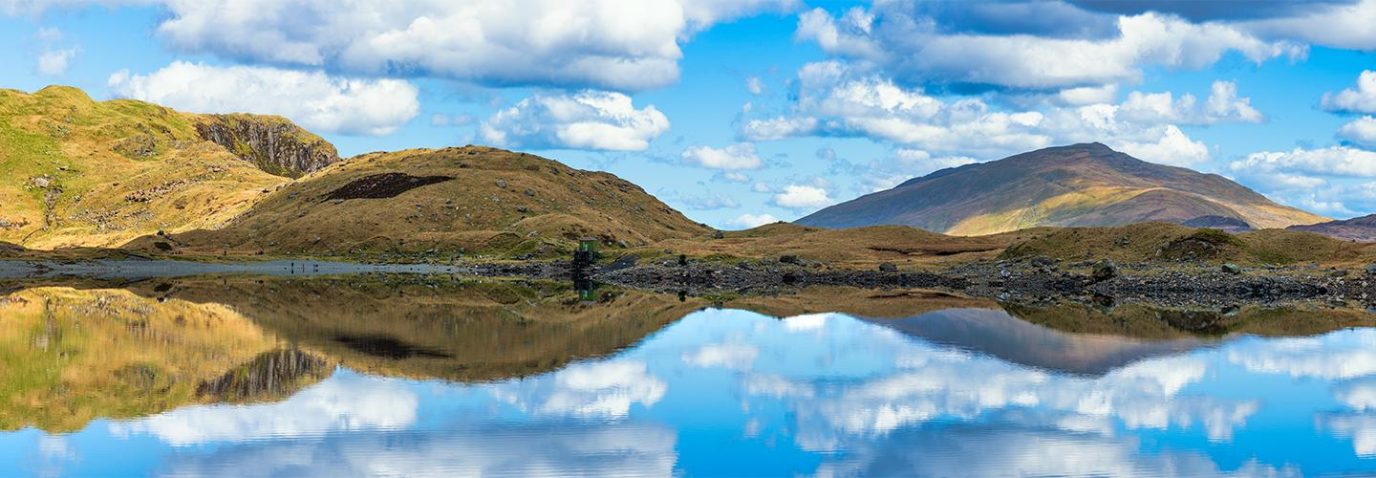Looking for something outdoors that challenges you both mentally and physically? Give orienteering a try!
Today’s guest blog was written by John Warren of Wimborne Orienteers, about the sport that combines navigation skills with cross country running or walking.
We are all good at navigating. You know your way to work, you know where the sugar is in the local supermarket or if you are at school you know where your classroom is.
It’s a matter of knowing what to look for, which way to go and how far it is. These are the skills needed for the sport of Orienteering, ‘Competitive navigation on foot in unknown terrain using a map and compass’.

If you haven’t heard of the sport that’s partly because it’s a time trial, like motor rallying, so you are rarely racing head to head and TV companies haven’t worked out how to show the race in an exciting way! Orienteering originated in Sweden where in the early 1900s the Swedish Army wanted to spice up their navigational training and it spread through the rest of Scandinavia and much of Europe during the mid to late 20th century. Orienteering competitions or ‘events’ are held throughout the country on most weekends of the year and it’s easy to join as a beginner because courses are designed for people of all ranges of ability.
At an Orienteering event you will find a range of courses available for both experts and beginners. At the Start you pick up a special map with the course of your choice overprinted in red. The Start is a triangle and the Finish a large double circle. In between you have to visit particular points identified by numbered circles in numerical order. Each point is called a ‘Control site’ and is marked by a stake from which is hung a triangular shaped, red and white nylon flag. On the stakes is an electronic timing device to record your time and prevent cheating! You carry a small block or dibber which records your time and when you finish you download this to a computer. It will read the card and you will have a copy of your split times for the course. Results are usually put on line within hours of the event so you can see how your time compares with other competitors.

In unknown terrain the only way of knowing what to look for is to use a map and Orienteering is all about being able to read and understand specially drawn large scale maps which show details of paths, vegetation changes, the shape of the ground (contours), streams, marshes, fences, buildings, etc. The maps are drawn on a much bigger scale than OS 1:25000 scale maps, usually being 1:10000 scale. An essential but difficult thing for beginners to do is to keep the map set to match the view. This means constantly turning the map as you go along so that if you look at what is in front of you that is what is shown on the map.
It’s vital to know which direction to go! If you are on a path it’s easy to turn left or right at the next junction but out in a wood, heath or moor that may not be easy to do. A special compass will help as long as you spend time learning how to use it. Magnetic north is shown by lines on the map. The sun can also be useful to know which way round you are.
Now that you can read the map and work out which way to go it’s useful to be able to judge distance. Everyone walks or runs at a remarkably even length pace and if you know the number of paces you take to cover 100m this can be used both on and off paths to judge how far you need to go.

Like anything else practice is the only way to develop skills. Local clubs offer regular training sessions which also double up as socials because Orienteering is an individual sport and serious competitors are always aware of other people but rarely follow because in a big event there may be over 20 courses going on simultaneously so following is not an option.
Orienteers come in all shapes, sizes and ages. Young children often start by following a string course through the woods. The youngest competitive age group is 10 years old and the oldest 90, with various age bands in between. Men and women can compete against each other or in separate classes if they wish.
Having Orienteering skills will let you compete if you wish but it may be that you enjoy exploring hills, woods and heathland as a walker. Either way it should add to your enjoyment of the great outdoors and get you to some beautiful places.
More information
Wimborne Orienteers is one of over 120 Orienteering Clubs nationwide. The British Orienteering website gives more information on how to get started and links to local clubs.





